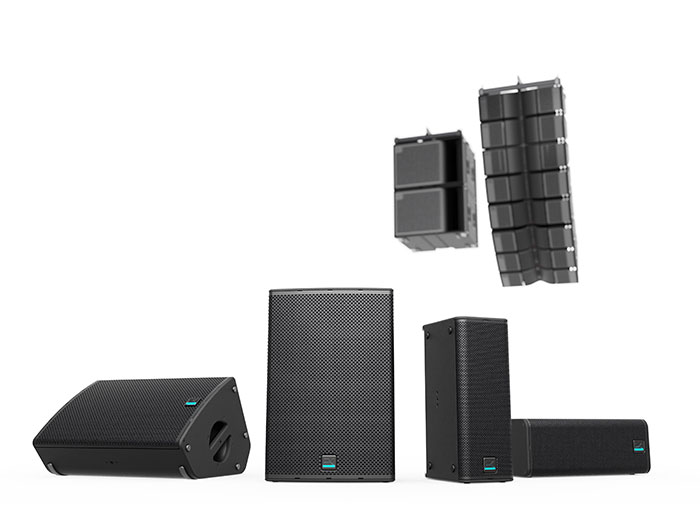Insight into the restoration of a tee box at Medford Village Country Club

Tee boxes are being restored at Medford Village Country Club in Medford, NJ Photos by Brett Schiesser
I was the assistant groundskeeper at Medford Village Country Club in Medford, NJ from May 2020 to March 2022 and the head groundskeeper from April 2023 to March 2024. After my first season as assistant groundskeeper, it became clear that the course needed renovations. Post Covid 19, the course struggled to handle the overwhelming increase in player numbers. The 1964 design was very traditional, with tree-lined fairways, push-up greens and small tee boxes.
Many of the tee boxes were small, cramped and did not offer enough space to allow for variety and appropriate distances to allow holes to be played differently. Another major factor was wear and tear from the increase in rounds in previous years. Many of the par-3 tees were riddled with bumps. Even with extra time, money and man-hours invested in maintenance, the tees simply did not recover quickly enough. Another obstacle was the fact that the course was not closed in the winter and minimal measures were taken to reduce wear and tear. Temporary mats and tees were not an option. It was clear that changes had to be made.
The first task was to decide which tees were the worst and how to improve them. Medford Village is a private golf club with a championship course that has hosted several US Open qualifiers. This meant the changes had to be done the right way. We knew we didn’t have the crew size to do the entire project in-house, so we first had to decide who to outsource the project to. The outside contractor would be responsible for removing the old turf, moving soil, adding new soil, removing trees for new tees, and laser leveling/grading the new tees prior to re-sowing.
The next task was to figure out which tees were the highest priority and how many we could do in the off-season without disrupting play. At the same time, we had to know that we had to be ready by the start of the upcoming season. In situations like this, time is always the enemy. In addition to making changes to the course’s existing tees, the club wanted to add new areas to several tees, including an expansion to the driving range tee complex. With this expansion came the idea of planting the new upper level of the range tee with Warm Season Bermuda grass (Tahoma 31). The idea was that this would facilitate recovery at the height of the season and allow for faster healing and growth of the turf. The two tees on the lower level would then be low-mown bluegrass tees. After everything was approved, the project was scheduled to begin in October 2021.

One of the tee boxes before renovation.
The plan called for the modernization of a total of eight tee boxes: renovating the driving range, expanding five old tee boxes, and adding two new tee boxes. Three of these projects were on par-3 tee boxes, which is where most of the problems originated. According to the principles of golf course design and construction, tee boxes should have 1,000 to 200 square feet of usable space for every 1,000 rounds played per year. So, for example, if a course plays 40,000 rounds per year, tee boxes should be between 370 and 750 square feet. Our course was close to that size, and some of our existing tee boxes were less than 280 square feet.
I had never been involved in a project like this in my lawn care career, so I was excited when it started. I didn’t know what to expect at first, but what I quickly noticed was the attention to detail coupled with a sense of urgency. The goal was to complete the project before the cold weather arrived so we could leave our irrigation system on to water the new lawn several times before blowing out the system and covering the new tees for the winter. We also had to move old irrigation heads, add new heads and pipes, and add several quick connects and valve boxes to accommodate the new tees.
The process went smoothly and by mid-December we had almost all of the tees completed. The new tees were even watered and tarped several times so they would be ready for the fast-approaching Northeast winter. It was amazing to see how much was accomplished in such a short amount of time and how smoothly everything went. There will always be a few bumps in the road, but thanks to good communication and a great team, we did an excellent job overall.
The knowledge and experience we gained through this project was incredible. We really enjoyed doing things and using new equipment that we don’t do as part of our normal day-to-day tasks. It was a great experience to see all the new types of equipment and technology, from GPS leveling to installing new irrigation systems. Most rewarding of all, it didn’t take long for the changes to be praised and noticed by members. People were immediately blown away by the transformation. Even though we didn’t open the new tees until just before Memorial Day 2022, members and management agreed. Plans were quickly made to do more renovations during the upcoming off-season. To me, that was proof that the job was well done and that these important investments can make all the difference.
Brett Schiesser is the assistant superintendent of Pine Valley Golf Club in Pine Hill, NJ, and has been a member of the GCSAA for four years.



